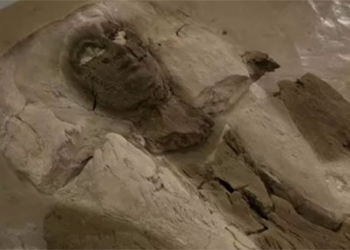To date, archaeologists have discovered many caves around the world, but due to certain objective conditions, there are still a few that remain unexplored.
Mysterious Caves Yet to be Explored by Humans
1. Chinkanas, Cusco, Peru
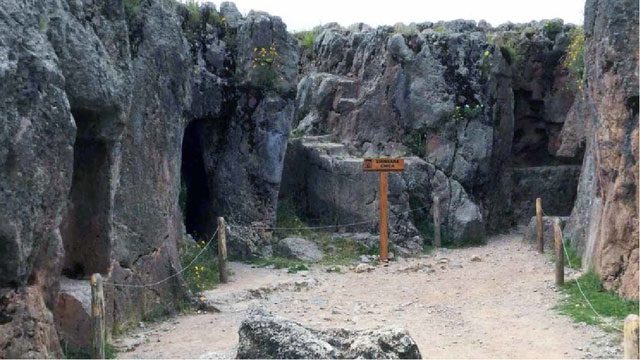
Chinkanas is not exactly a cave but a series of underground passages and chambers. They are located in Cusco, near the historical site of Sacsayhuamán, Peru. It is uncertain whether these underground mazes were created by the Incas or an earlier civilization. However, many areas are closed to the public due to the risk of people getting lost inside.
2. Hidden Cave at Grimes Point, Nevada, USA
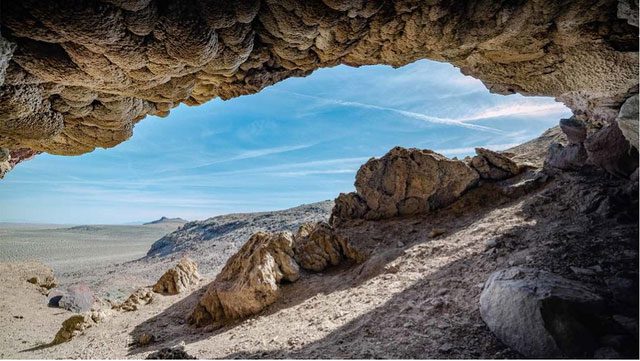
Hidden Cave near Fallon, Nevada, was formed about 21,000 years ago by the waves of Lake Lahontan. Native Americans used it to store tools, spears, and fishing gear. The cave was discovered by four children searching for treasure in 1927. Today, Hidden Cave is part of the Grimes Point Archaeological Site, and the Bureau of Land Management offers free public tours.
3. Ice Cave, North Dakota, USA
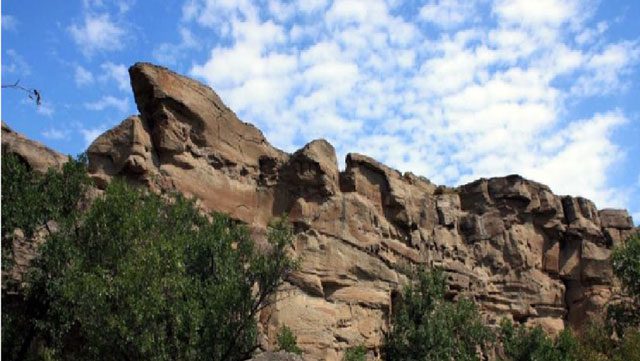
North Dakota is not known for many caves, but we can still see a few like the Ice Cave. These caves are named so because their internal temperatures remain low. The thick sandstone layer combined with limited airflow into the cave prevents the ice from melting, even when it is melting everywhere else.
4. Ramble Cave, New York, USA
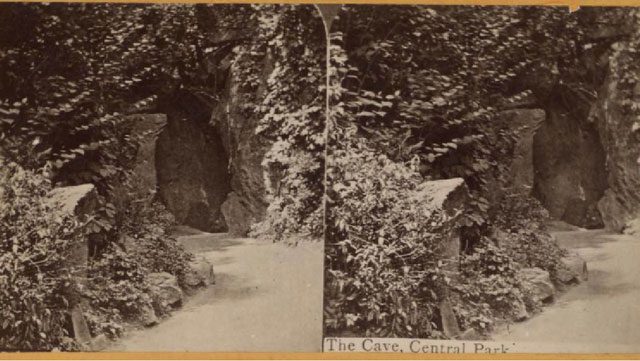
Ramble Cave is located right in Central Park, New York. The cave was discovered by Frederick Olmsted, the park’s designer. It was a popular attraction for children in its early days but also a site of many complexities. For instance, in 1904, a man was attacked near the cave’s steps. Around 1930, this cave was sealed off and has not been reopened since.
5. Moon Pyramid, Mexico
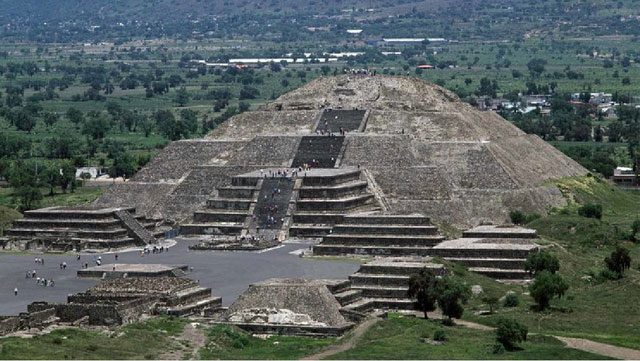
This cave in Mexico is another site that we cannot truly visit. In fact, no one has actually seen it. It was discovered in 2018 by archaeologists.
They confirmed the existence of a hidden tunnel leading to a room 26 feet (7.9 meters) deep beneath the Moon Pyramid located in the ancient city of Teotihuacán, Mexico. Archaeologists believe that the cave formed naturally and may provide clues about the design of the city of Teotihuacán.
6. Tears of the Turtle Cave in Montana, USA
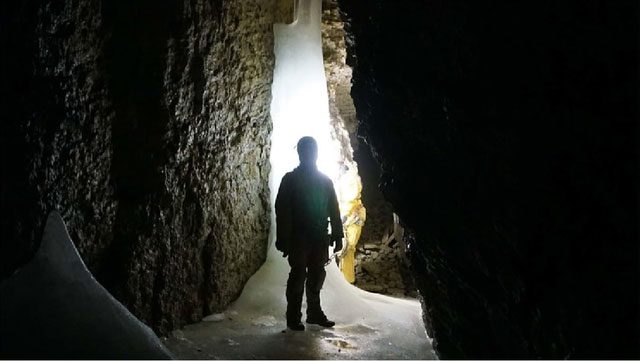
This cave is located in the heart of the Bob Marshall Wilderness Area in Montana. It is one of the few caves in the Turtlehead Mountains, and it is definitely not for amateur cavers. It has a depth of 496.5 meters and stretches over 1.6 kilometers.
7. Wildenmannlisloch, Alt Sankt Johan, Switzerland
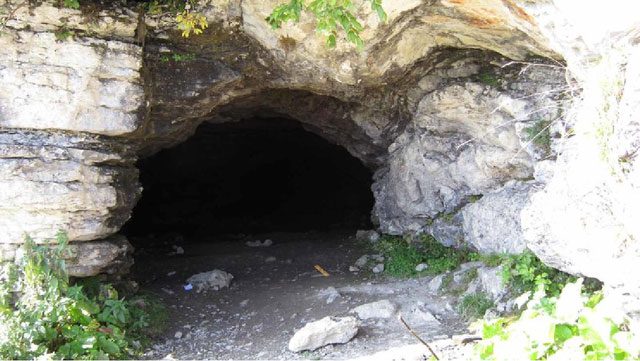
Wildenmannlisloch is a limestone cave high in the mountains of St. Gallen, Switzerland. True to its name, this is a small cave that has been used by ancient humans for thousands of years.
In 1844, a wild child named Johannes Seluner was found living in the cave, and in 1906, researchers also discovered bear bones and teeth in the cave.
Stone tools made from green quartz were likely brought to the cave by ancient humans from far away. To reach the cave, one can hike the entire 6 kilometers or take a cable car.








































